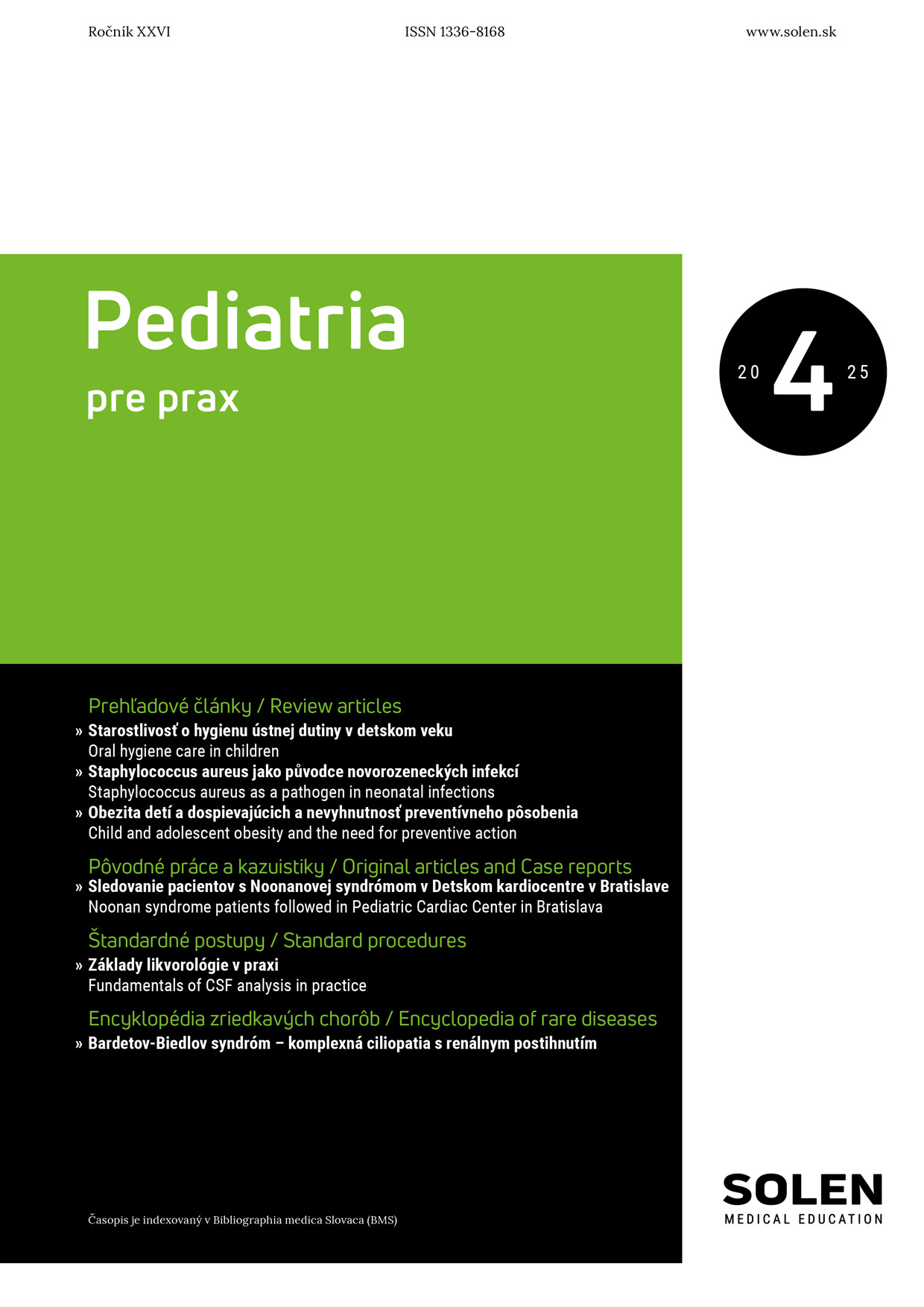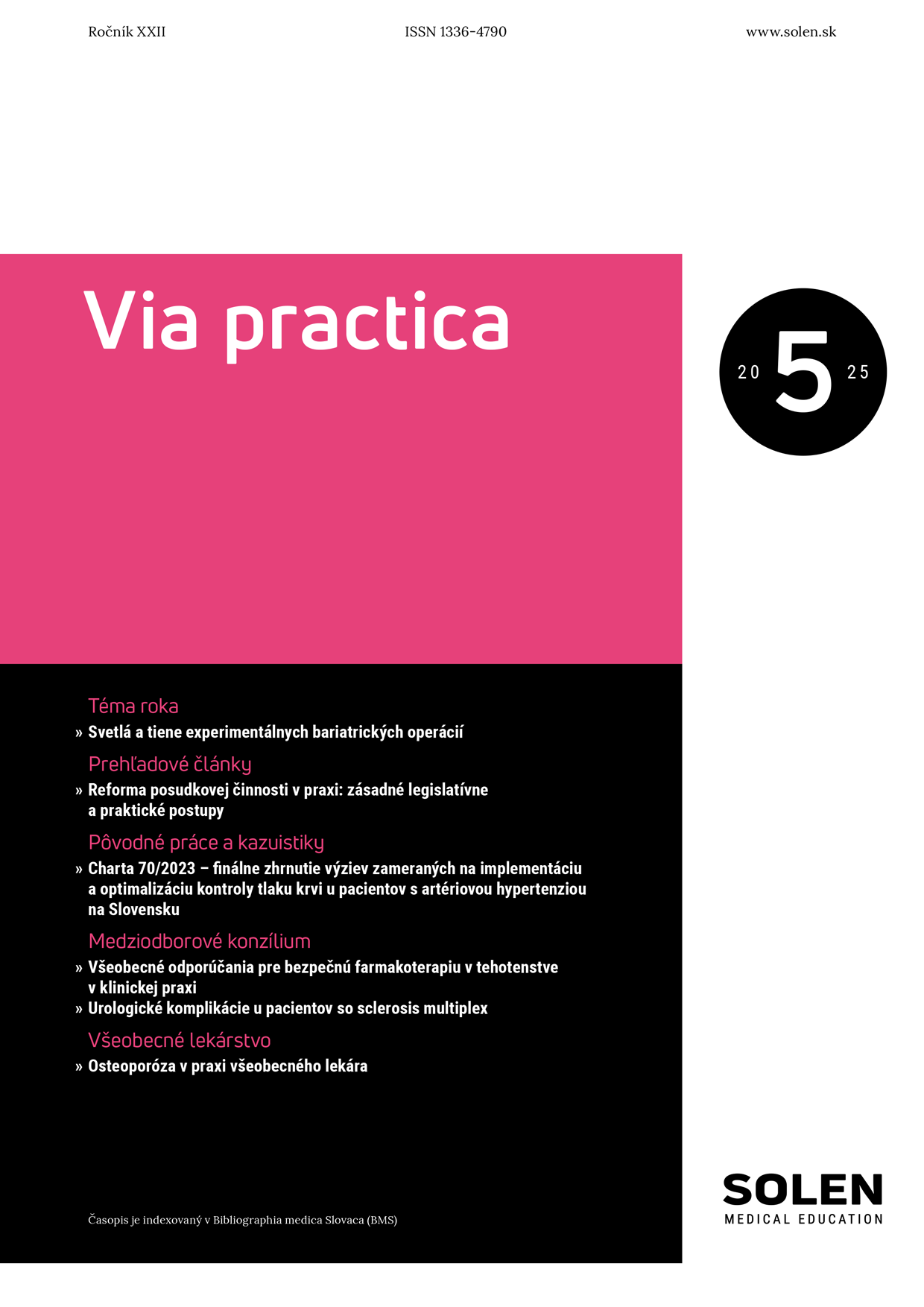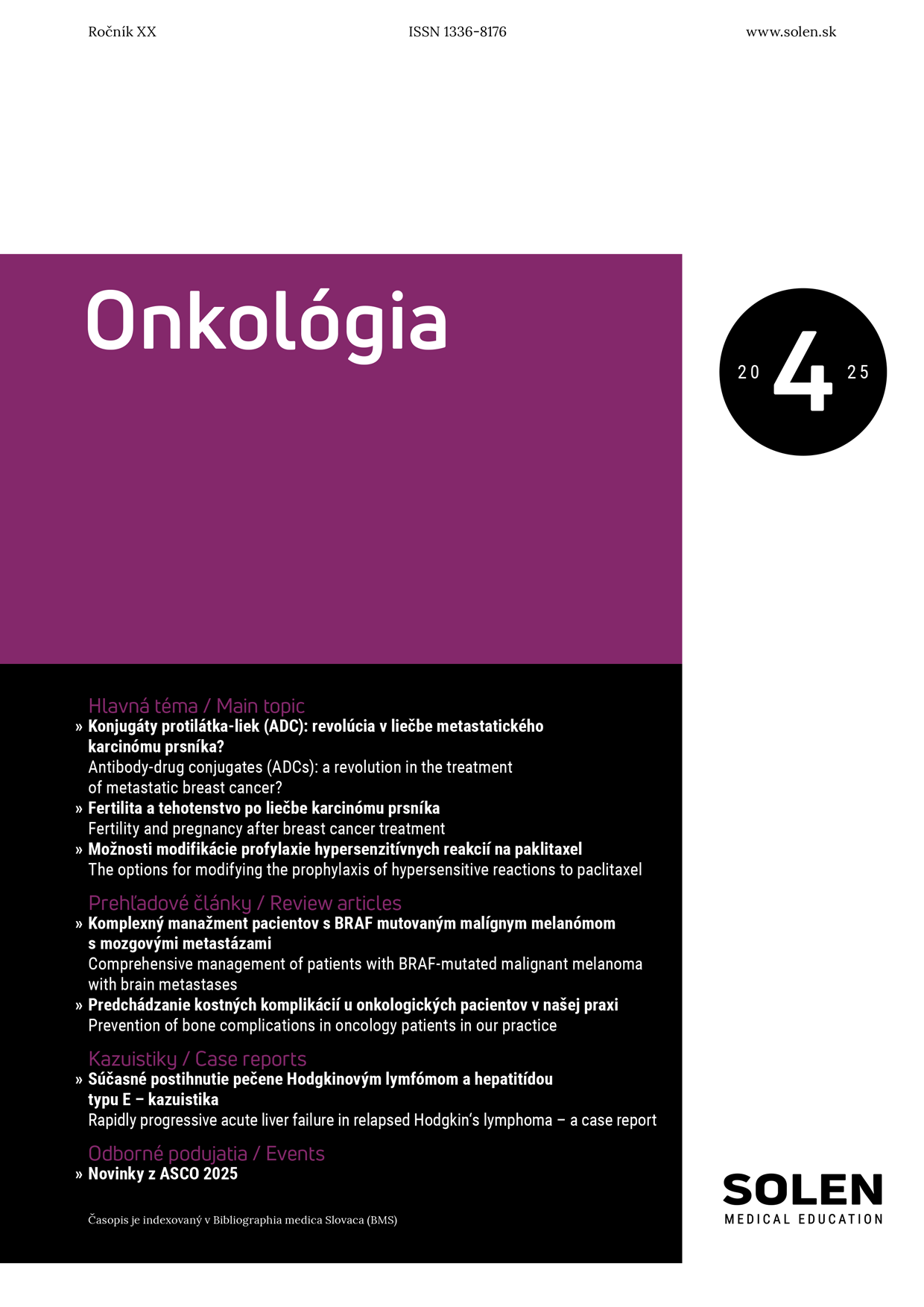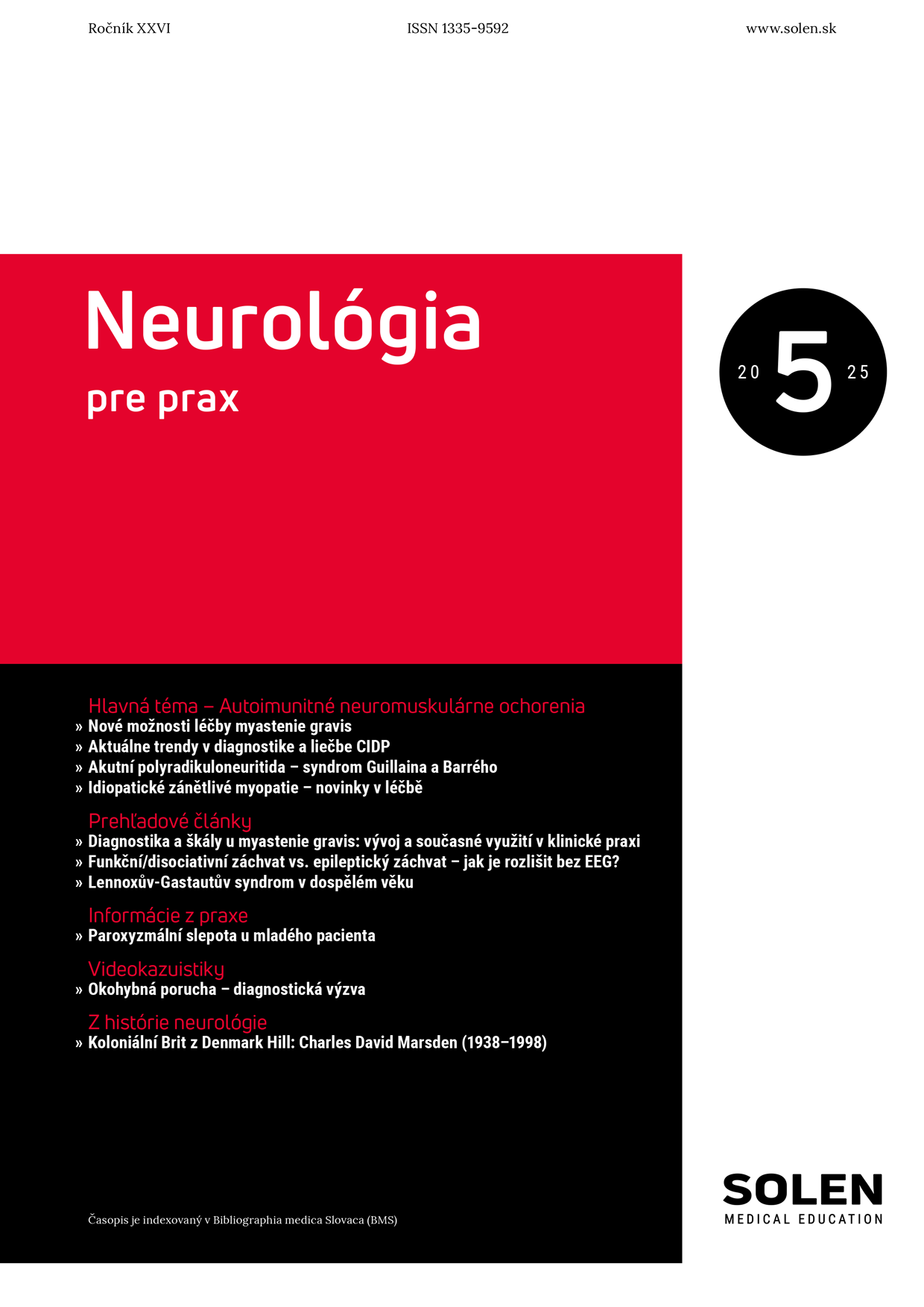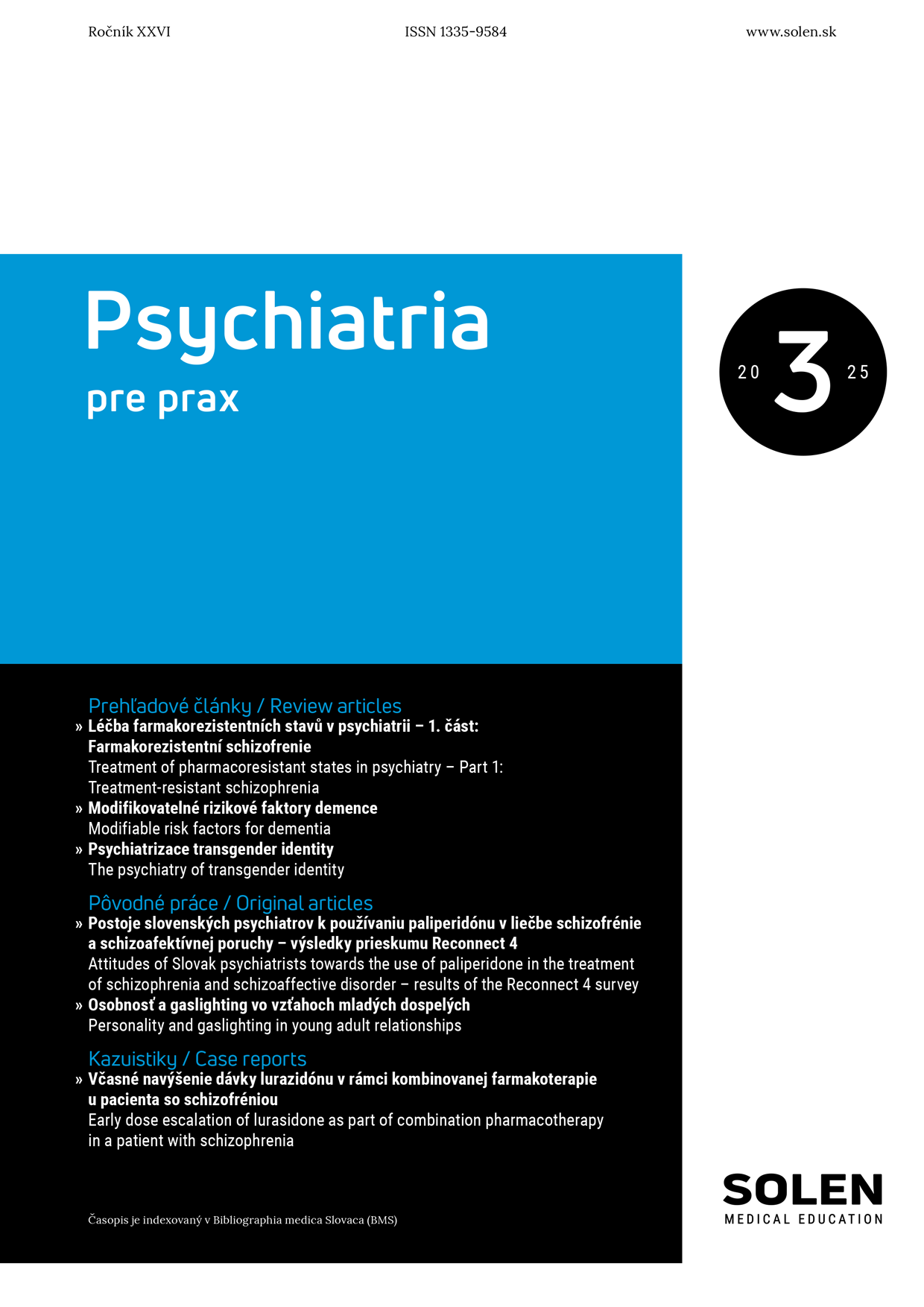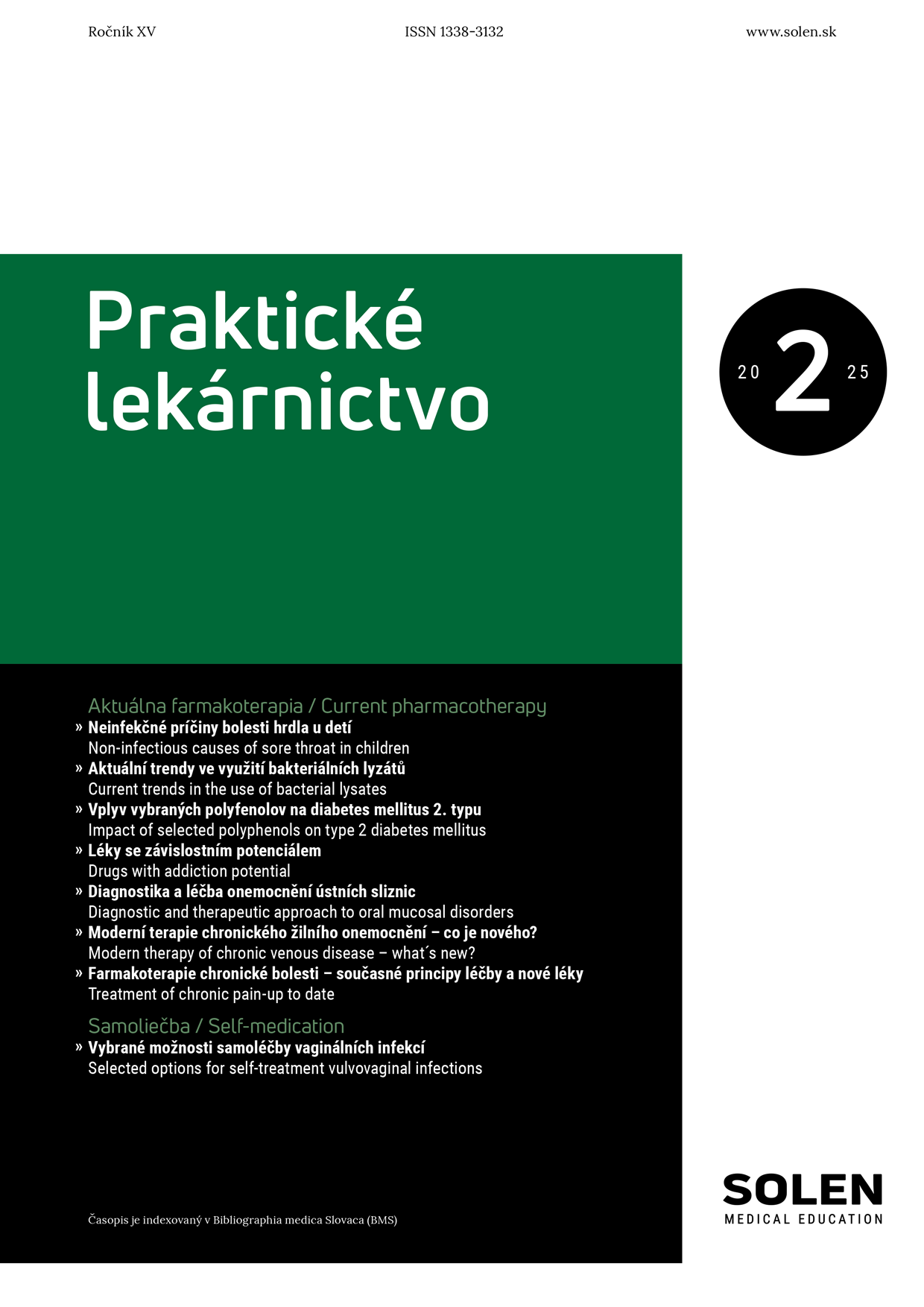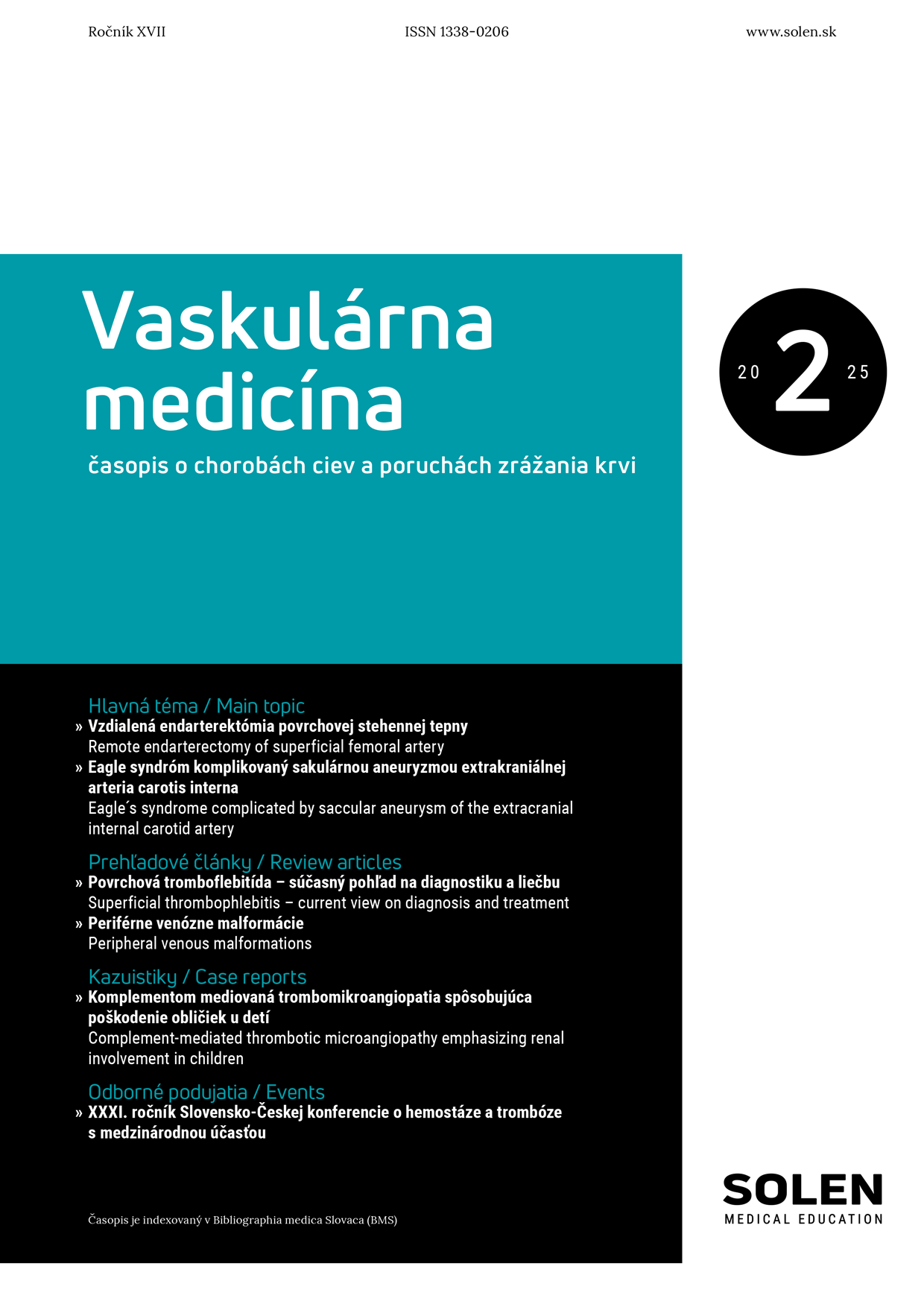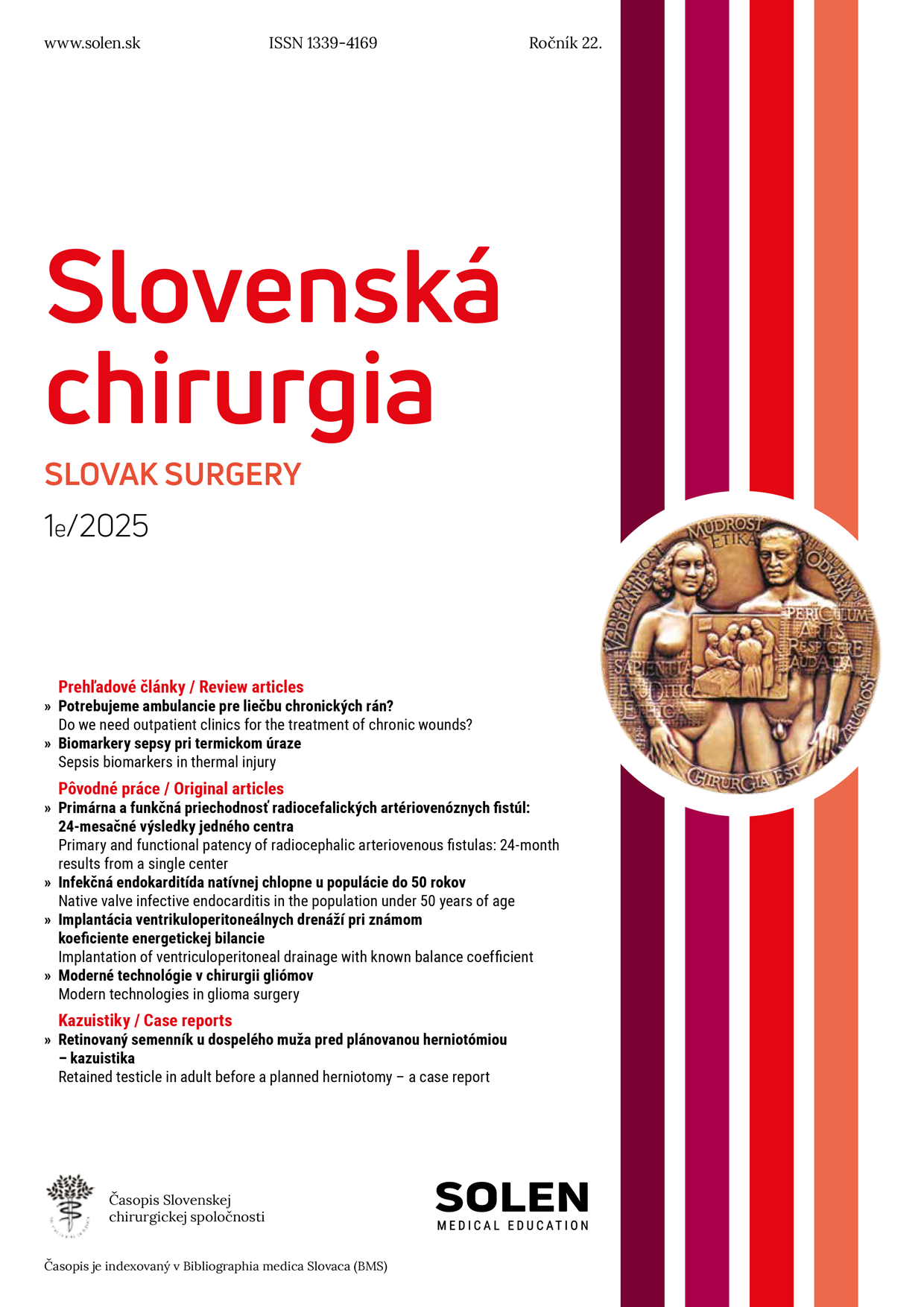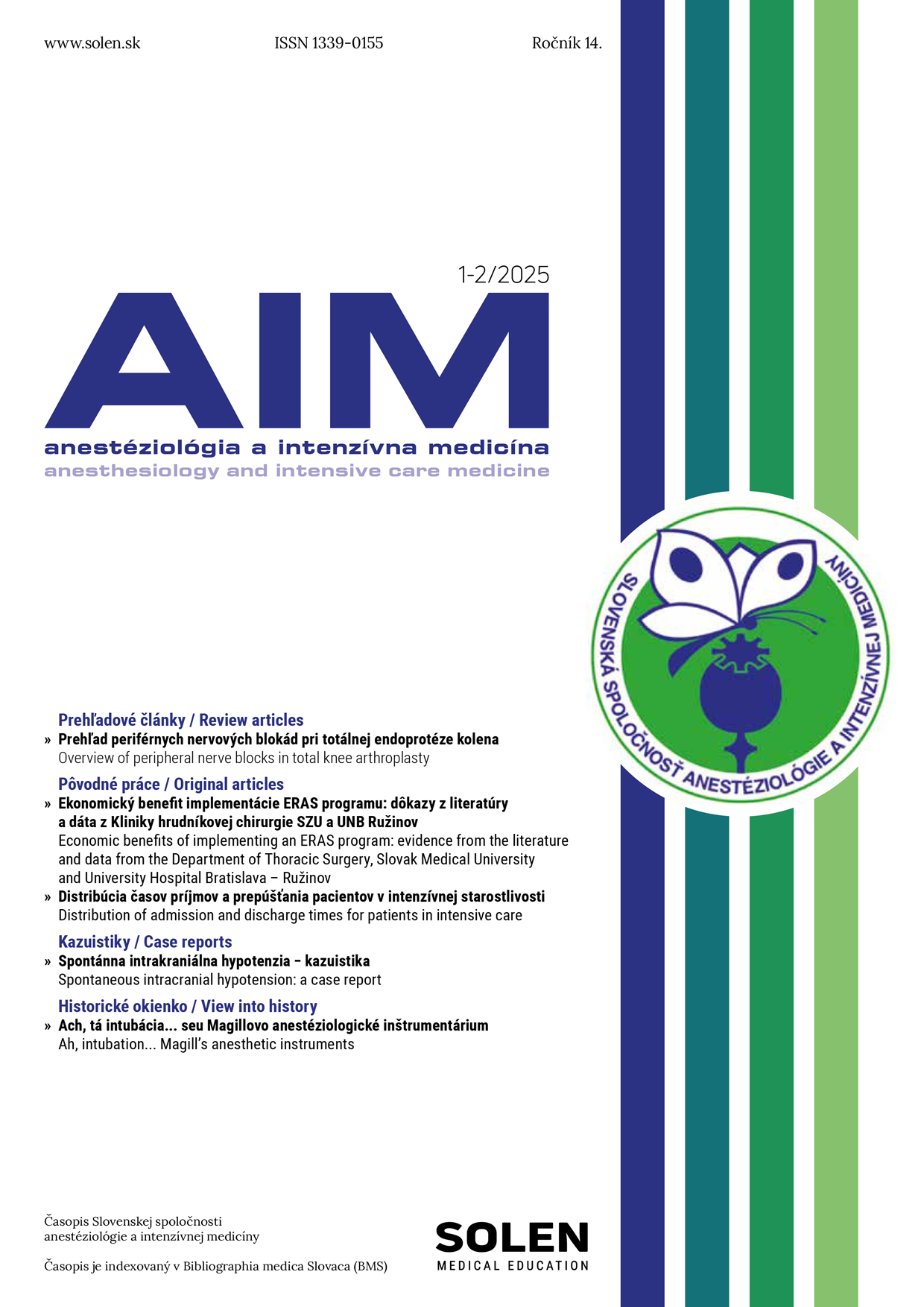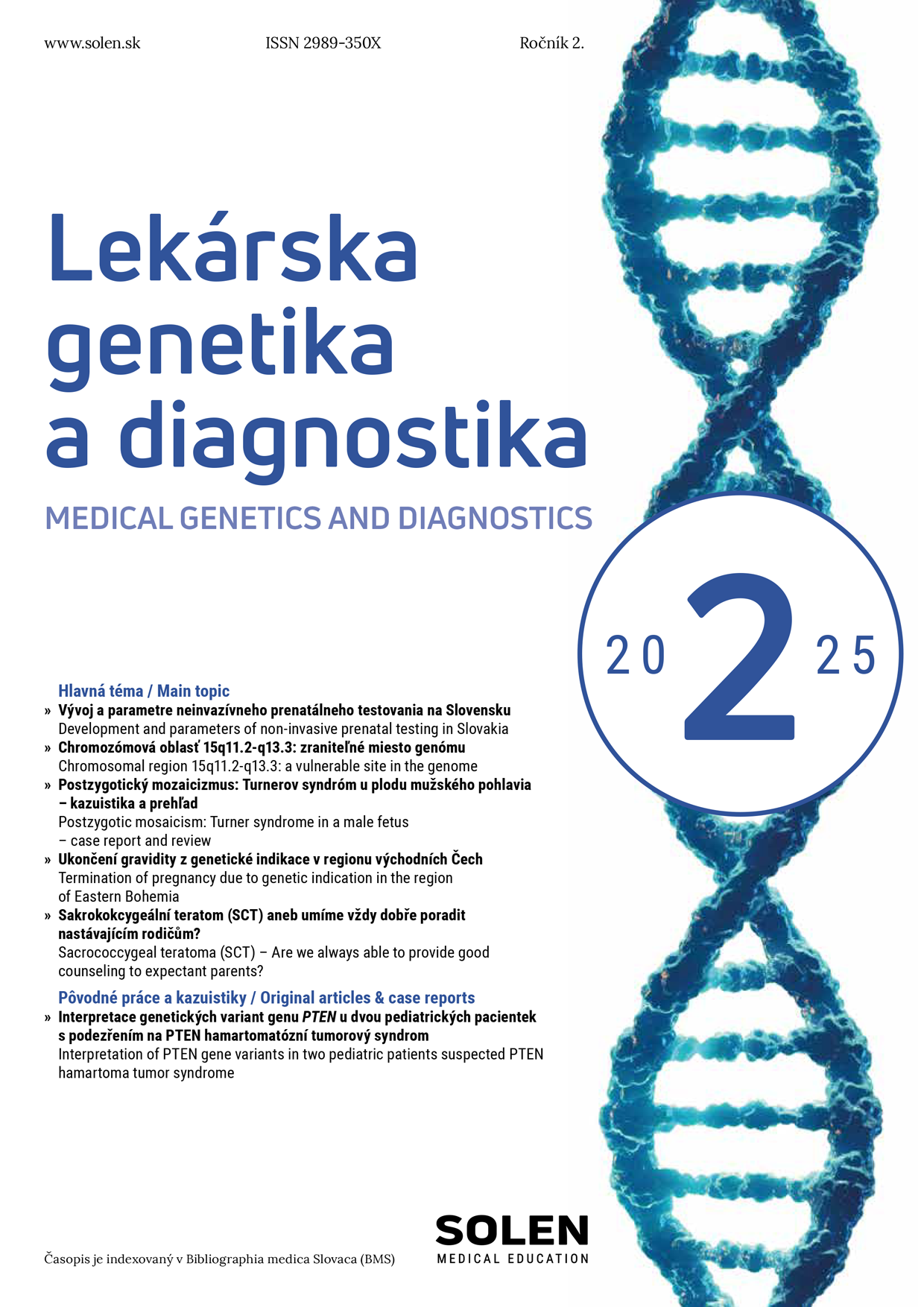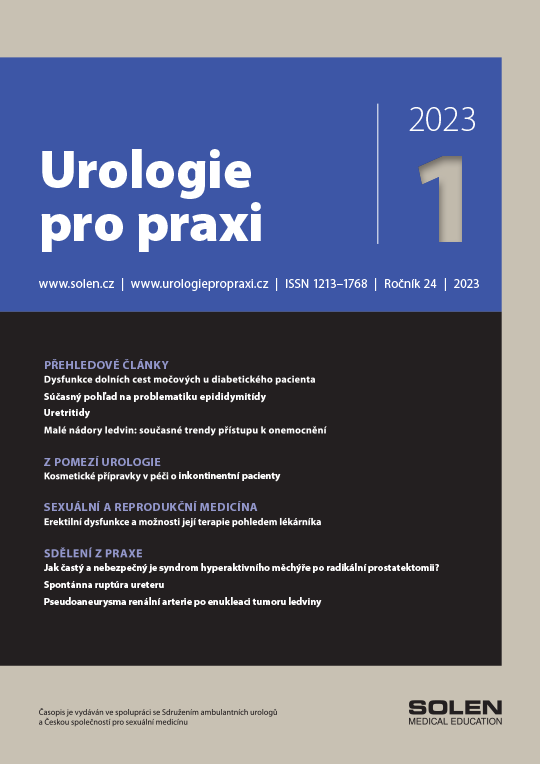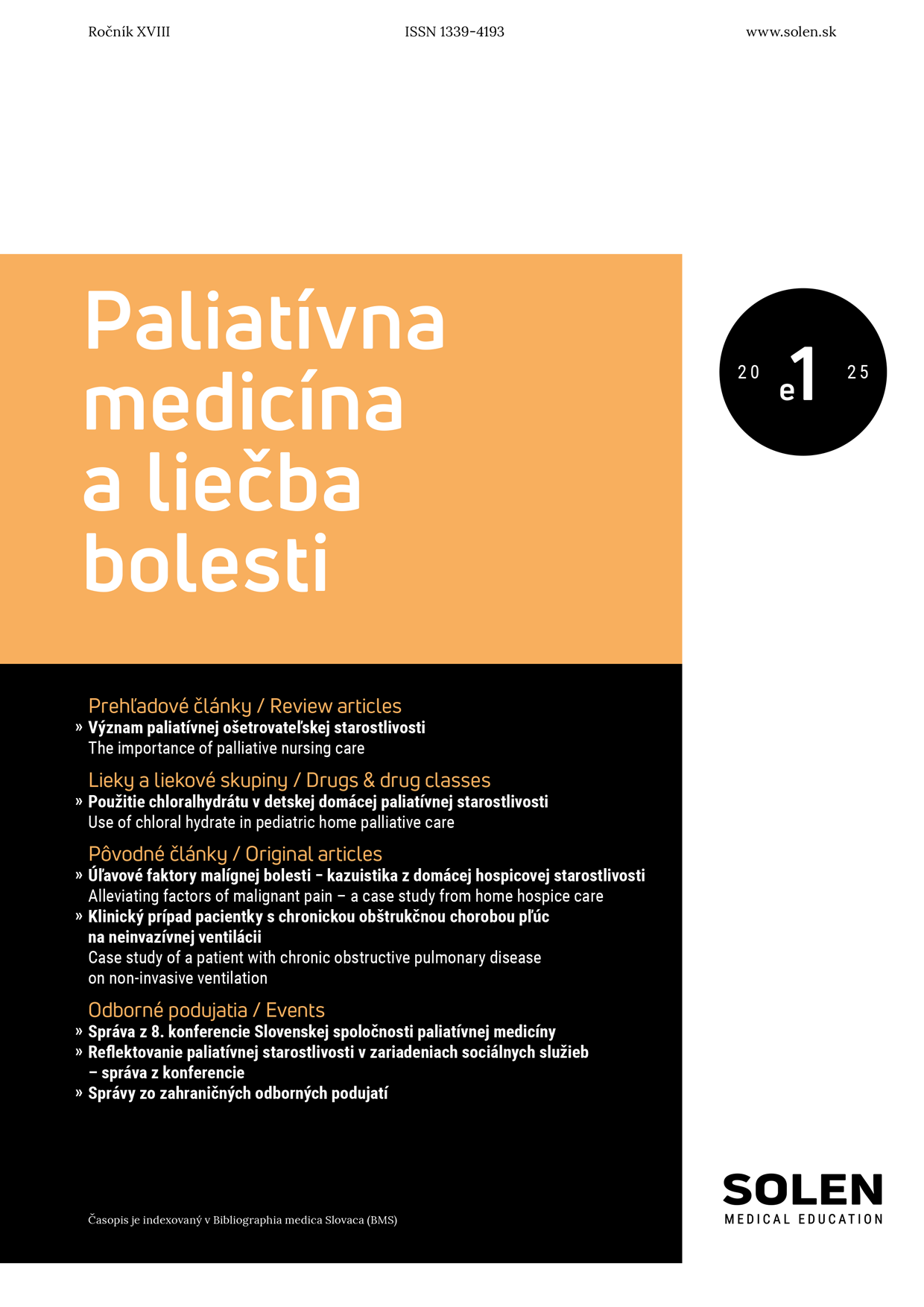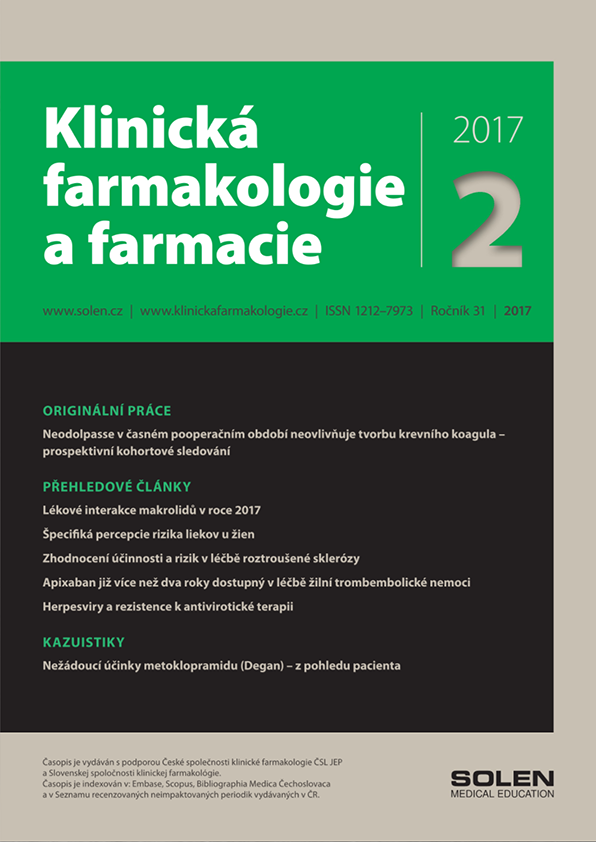Pediatria pre prax 6/2024
Nový lokálny retinoid v liečbe akné
Acne vulgaris je chronické zápalové ochorenie pilosebaceóznej jednotky s polymorfným klinickým obrazom. Akné patrí medzi najčastejšie kožné ochorenia a v rozličnom stupni závažnosti postihuje viac ako 80 % adolescentov a mladých dospelých. Na jeho vzniku sa podieľa zápal pilosebaceóznej jednotky, ktorý začína obturáciou vlasového folikulu s postupným rozvojom nezápalových a zápalových zmien. Za obturáciu infundibula vlasového folikulu je zodpovedná porucha keratinizácie folikulového epitelu, nadprodukcia kožného mazu a premnoženie Cutibacterium acnes. Aktuálne máme k dispozícii viaceré terapeutické možnosti s rozličným stupňom účinnosti a tolerancie. Účinná terapia by mala byť schopná ovplyvniť súčasne viaceré patogenetické mechanizmy akné. Trifarotén predstavuje štvrtú generáciu lokálnych retinoidov s vysokou selektivitou k retinoidnému receptoru (RAR-γ), čo zabezpečuje jeho účinnosť v koži už pri veľmi nízkej koncentrácii (0,005 %). Nízka koncentrácia retinoidu umožňuje jeho aplikáciu aj na väčšie plochy tela, ako hrudník, chrbát a ramená. Vysoká selektivita voči RAR-γ receptorom sa zároveň podieľa na lepšom bezpečnostnom profile v porovnaní s retinoidmi staršej generácie, ktoré sa neselektívne viažu na iné podtypy RAR receptorov. Trifarotén je určený na liečbu miernej a stredne závažnej formy akné u detí a dospelých pre svoje antikomedogénne, antipigmentové a protizápalové účinky.
Kľúčové slová: akné, acne vulgaris, trifarotén, retinoid, RAR receptory
The new topical retinoid in acne therapy
Acne vulgaris is a chronic inflammatory disease of the pilosebaceous unit with a polymorphic clinical picture. Acne is one of the most common skin diseases and affects more than 80 % of adolescents and young adults with different stage of severity. In pathogenesis is involved inflammation of the pilosebaceous unit, which begins with the obturation of hair follicle with the gradual development of noninflammatory and inflammatory changes. The obturation of the hair follicle infundibulum is responsible for the impaired keratinization of the follicular epithelium, overproduction of sebum and the proliferation of Cutibacterium acnes. Currently, we have several therapeutic options in the therapy of acne with different type of efficacy and tolerance. Effective therapy should be able to simultaneously affect several pathogenetic mechanisms of acne. Trifarotene is a fourth generation of topical retinoids with high selectivity for the retinoid receptor (RAR-γ), which ensures its effectiveness in the skin even at very low concentrations (0.005 %). The low concentration of the retinoid allows its application to larger areas of the body, such as the chest, back and shoulders. High selectivity for RAR-γ receptors also contributes to a better safety profile compared to older generations of retinoids, which bind non-selectively to other RAR receptor subtypes. Trifarotene is indicated for the treatment of mild to moderate acne in children and adults due to its anticomedogenic, antipigmentary and anti-inflammatory effects.
Keywords: acne, acne vulgaris, trifarotene, retinoid, RAR receptors


